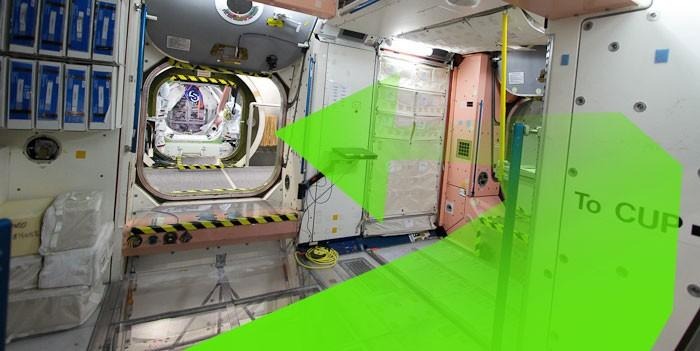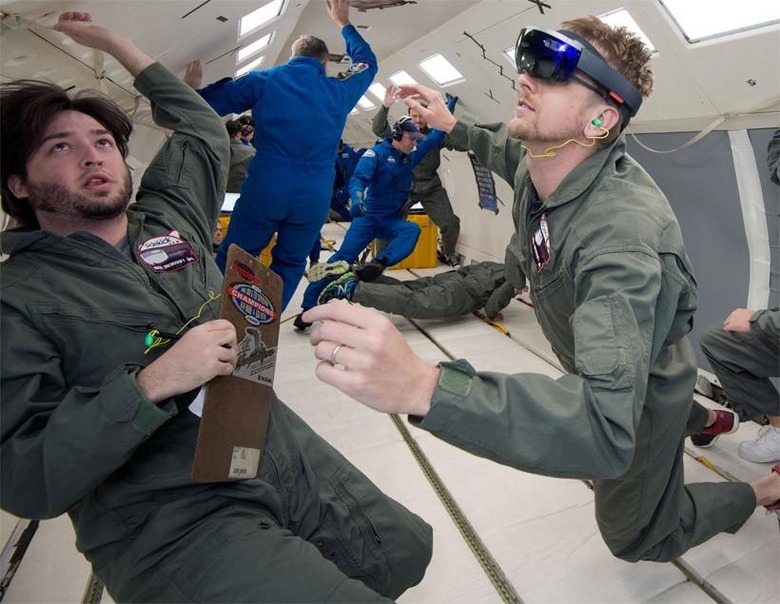HoloLens heading back to ISS: why NASA is staying tenacious
This June a rocket headed for the International Space Station exploded – and with it went a couple of sets of Microsoft HoloLens holographic headsets. This SpaceX rocket's explosion was a rare occasion indeed, and a devastating one for every party involved. Jeff Norris, project manager for Project HoloLens at NASA with the Jet Propulsion Laboratory in Pasadena, California, spoke up this week about how and when a new set of Microsoft's holographic headsets will be able to be launched into space.
According to Norris, it'll be just weeks before NASA and Microsoft are able to certify a new set of HoloLens headsets for launch into space, toward the ISS. The next sets will be onboard an Orbital Sciences-run resupply mission set to launch this December 3rd, 2015. This will still be well ahead of any sort of consumer release of the headset or availability of the software to developers publicly.
According to Norris, the big push to get these headsets onboard the ISS is for 3D learning, location, and instructions. One app onboard the headsets will be location-aware, allowing users to mark where they've left certain tools in 3D space. Once they need said tools, they'll have simply to call them up again, the headset showing them a path to the tool from wherever they happen to be on the space station.

Image above created by SlashGear with photo by Todd Thahn.
HoloLens will also be used to show instructional videos in 3D space. Holographic representations of teachers will be shown in the space station, and 3D illustrations hovering in space – near the components in the space station they correspond with – will appear.

With systems like this, suggested Norris with MIT this week, tasks that would normally have taken "many times as long" will be able to be accomplished in a fraction of the time with holographic vision.
In the timeline below you'll see how HoloLens will be bringing NASA astronauts to Mars – sooner than you think!
